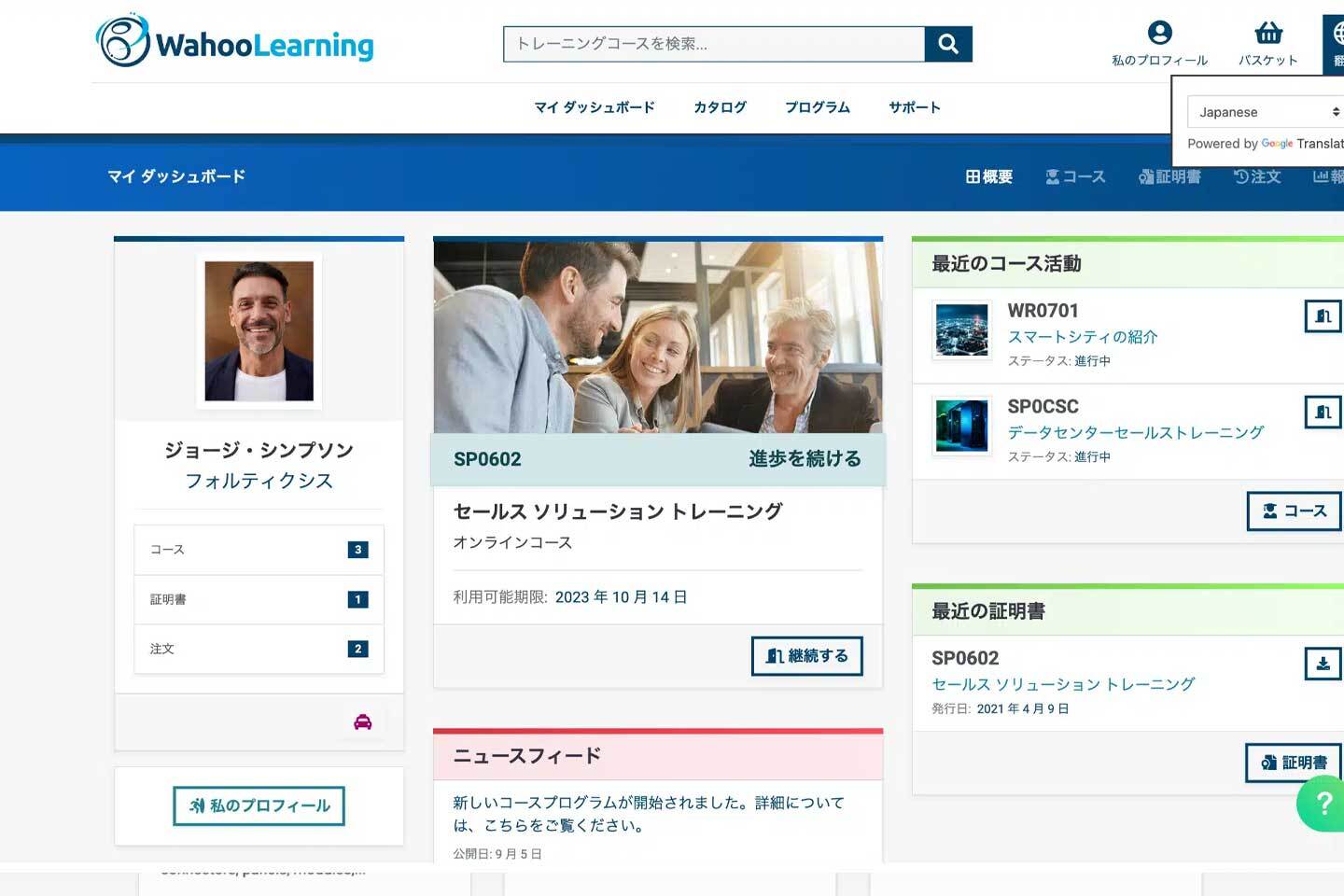Maximise Channel Partner Performance
Get a fully-managed partner eLearning solution that drives measurable revenue growth and reduces internal resource burden by 75%.

Trusted by global tech brands to transform partner performance
A trusted catalyst for channel growth with 20+ years of proven results in transforming underperforming partner networks into revenue-driving assets. Our fully-managed approach eliminates the resource burden on your internal team while delivering measurable business outcomes that justify your investment.
750% AVERAGE PARTNER GROWTH
150k ACTIVE LEARNERS
200+ COUNTRIES REACHED
The channel partner problem
When your channel underperforms, your revenue does too
Channel programs fail because partners lack proper enablement, leading to poor sales performance, brand damage, and overwhelming support demands on your internal team.
Stagnant Partner Revenue
Partners lack product knowledge and sales skills, resulting in missed opportunities and inconsistent revenue across your channel network.
Internal Resource Shortage
Your team lacks the time, skills, or budget to create and manage effective partner training programs internally.
Limited Partner Visibility
No clear visibility into partner performance, training needs, or competency gaps makes it impossible to optimise your channel strategy.
Support Team Overload
Untrained partners flood your support team with basic questions, diverting resources from strategic initiatives and customer growth.
Declining Partner Retention
Partners without proper onboarding and ongoing support become frustrated and switch to competitors, wasting your acquisition investment.
Inconsistent Brand Messaging
Partners deliver mixed messaging and poor customer experiences, damaging your brand reputation and competitive positioning.

Channel partner training solutions built around what you need
Whether you need expert eLearning delivery and platform management, or want us to create engaging content and handle everything end-to-end, we eliminate the resource burden while delivering measurable partner performance results.
OUR SOLUTIONS
End-to-end managed training delivery with LMS platform
We manage the entire delivery of your training program — platform, administration, content development, support, reporting, and optimisation. Eliminate time and cost burdens while we handle everything so you can focus on business growth.
- Complete program administration, support, and finance management
- Fully customisable WahooLMS platform designed for external audiences
- Dedicated communication channels and ongoing optimisation support

OUR SOLUTIONS
Bespoke learning materials designed by content experts
High-quality, engaging content creation that transforms your existing materials into memorable learning experiences. Custom animations, videos, 3D modelling, and gamification keep learners engaged and coming back.
- We’ll help you create, refresh, or reimagine your learning content
- Our designers create innovative and effective learning materials tailored to your audience
- Proven experience in creating quality course material across complex industries

Proven ROI within 90 days that justifies your investment
Our clients see measurable business impact within 90 days, with continued improvement as partners become more effective.
85% of high-training partners sustain year-over-year growth
20% annual growth for top-tier partners
11% greater profitability from empowered training
3x ROI on channel investment
"We've been able to reach a broader audience and service partners who otherwise wouldn’t have been able to take advantage of training. For our partners, training is much more accessible and is delivered online to save the cost and time associated with attending training courses. Win, win"
Charlie Morrison Fell
Global System Engineering , CommScope


